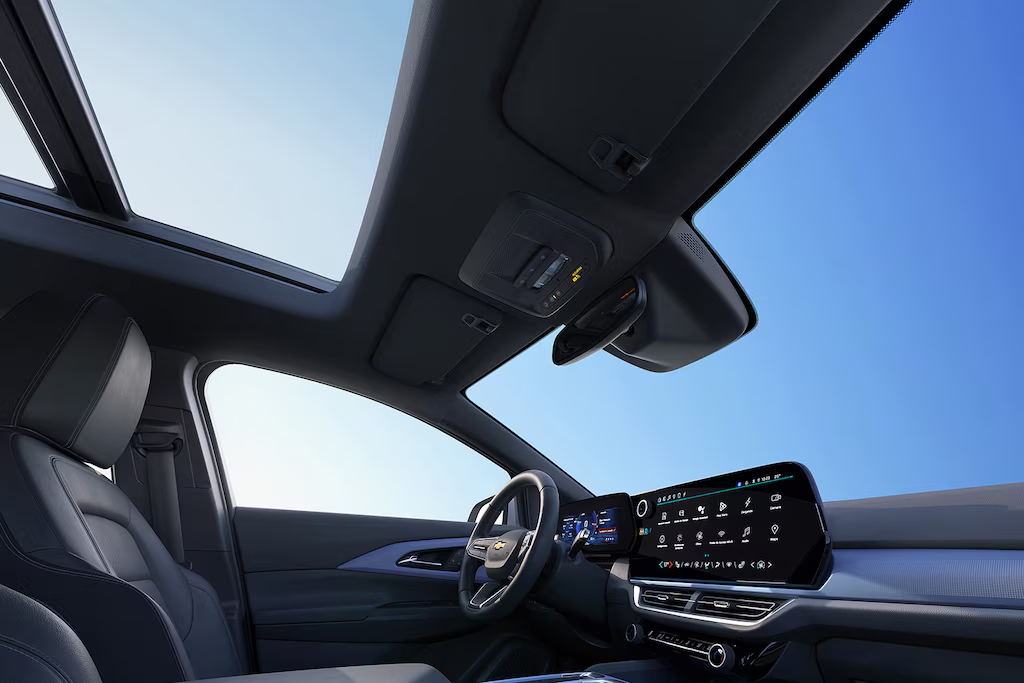As we edge closer to 2024, the automotive industry stands at a crucial crossroads. A recent report from Bloomberg Green highlighted that electric vehicles (EVs) are projected to make up 25% of global car sales by 2025. This shift is not just a trend but a seismic shift towards more sustainable living. In this article, we’ll explore the evolving landscape of EVs, hybrids, and traditional gas-powered vehicles, diving into the latest trends that are shaping the future of mobility. From technological advancements to consumer preferences, you’ll discover the pros and cons of each vehicle type and what to watch for in the coming years.
The Rise of Electric Vehicles in 2024
Why EVs Are Leading the Charge
Electric vehicles are no longer just the cars of tomorrow—they are increasingly the cars of today. Here’s why:
- Environmental Impact: EVs produce zero tailpipe emissions, significantly reducing air pollution and greenhouse gas emissions compared to gas-powered vehicles.
- Technological Advancements: Companies like Tesla and Rivian are pushing the envelope with innovations in battery technology and autonomous driving, making EVs more appealing and practical.
- Government Incentives: Many governments worldwide are offering tax breaks and subsidies for EV buyers, making them more accessible.
Key Players and Models
- Tesla Model 3: Continues to dominate the market with its impressive range and advanced features.
- Rivian R1T: Gaining attention with its rugged design and adventure-ready capabilities.
- BYD: A frontrunner in the Asian market, known for affordable yet high-quality EVs.
According to InsideEVs, the EV market is expected to grow by 40% in 2024 alone. This growth is fueled by increased consumer awareness and enhanced charging infrastructure.
Hybrids: The Best of Both Worlds?
Understanding Hybrid Technology
Hybrids combine a traditional internal combustion engine with an electric motor, offering a balance between performance and efficiency. Here are some aspects to consider:
- Efficiency: Hybrids offer better fuel efficiency than traditional gas vehicles, making them a cost-effective choice for many drivers.
- Flexibility: They don’t rely on charging infrastructure, which is advantageous in regions where EV charging stations are sparse.
Popular Hybrid Models
- Toyota Prius: The pioneer of hybrid technology, known for its reliability and fuel efficiency.
- Hyundai Ioniq: Offers both hybrid and plug-in hybrid variants, catering to different consumer needs.
Trends in Hybrid Vehicles
While hybrids might seem like a transitional technology, they are still a viable option for those not ready to commit to a full EV. According to AutoCar, hybrid sales are expected to remain steady, especially in markets with less developed EV infrastructure.
Traditional Gas-Powered Cars: Are They Still Relevant?
The Case for Gasoline Cars
Despite the push towards electrification, gas-powered cars still hold a significant share of the market. Here’s why:
- Infrastructure: The existing infrastructure for gas cars is extensive and well-developed.
- Performance: High-performance sports cars and large trucks still rely on gasoline engines for power and torque.
Challenges Facing Gas Cars
- Environmental Regulations: Stricter emissions standards worldwide are pushing manufacturers to innovate or risk falling behind.
- Consumer Preference: There is a growing shift towards more sustainable transportation options.
What the Future Holds
Reuters Mobility reports that while the decline in gas-powered vehicle sales is inevitable, they will not disappear overnight. Instead, they will gradually be phased out as EV and hybrid technologies become more viable and widespread.
Making the Right Choice: EVs, Hybrids, or Gas?
Factors to Consider
When deciding between EVs, hybrids, and gas vehicles, consider the following:
- Budget: EVs can be more expensive upfront but may save money in the long run due to lower fuel and maintenance costs.
- Infrastructure: Evaluate the availability of charging stations or gas stations in your area.
- Usage: Consider your daily driving needs. Long-distance drivers might prefer hybrids, while city dwellers could benefit from EVs.
Charging and Infrastructure
For EV owners, charging infrastructure is crucial. Here are a few tips:
- Home Charging: Installing a home charger can offer convenience and lower charging costs.
- Public Charging: Use apps to locate nearby charging stations and plan longer trips.
Where to Buy
Whether you’re interested in an EV, hybrid, or gas vehicle, consider these tips:
- Research: Use resources like Electrek and CleanTechnica to stay informed about the latest models and technologies.
- Test Drive: Experience the vehicle firsthand to understand its capabilities and comfort.
Conclusion: The Road Ahead
As we look towards 2024, the choice between EVs, hybrids, and gas cars will depend largely on individual needs and regional circumstances. However, the trend is clear: the future of mobility is electric. With advancements in battery technology and increased government support, the transition to EVs is accelerating. Whether you’re ready to make the switch or prefer to wait, staying informed is key. What type of vehicle do you see yourself driving in the next five years? Share your thoughts in the comments, and join the conversation about the future of transportation.
As the automotive world continues to evolve, one thing is certain: the journey towards greener, more efficient vehicles is well underway, and it’s an exciting time to be a part of this transformation.

